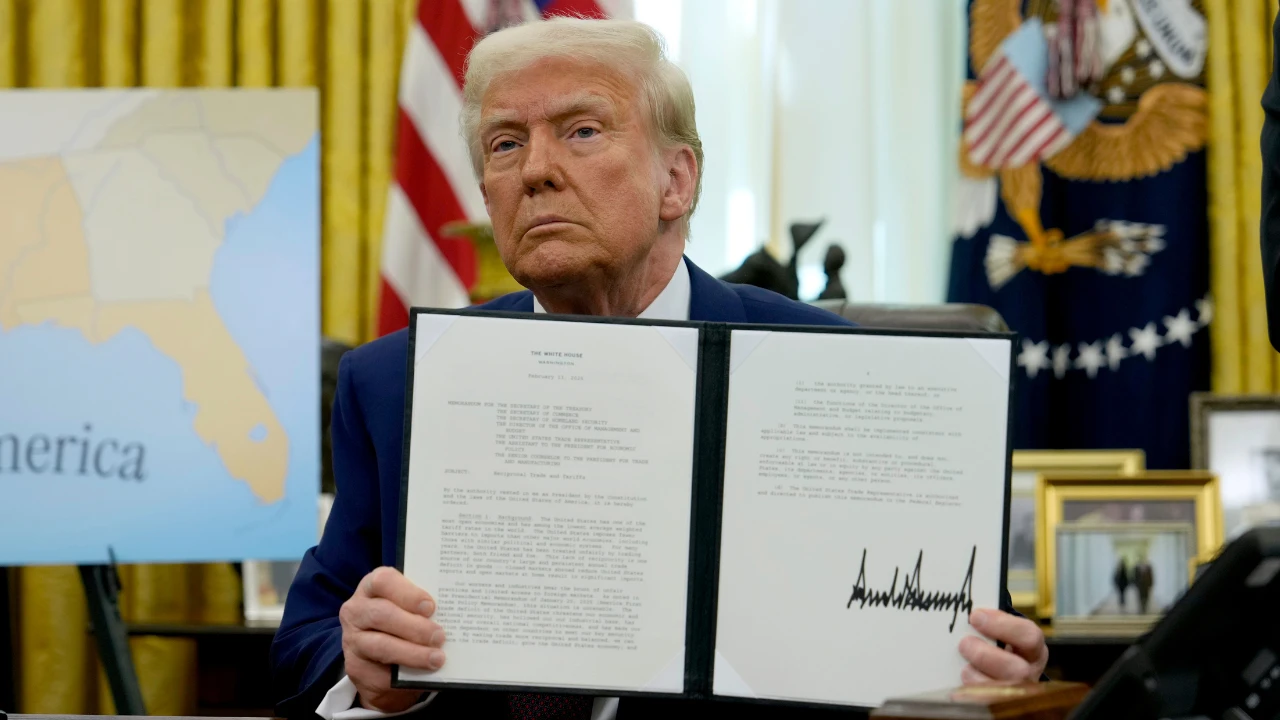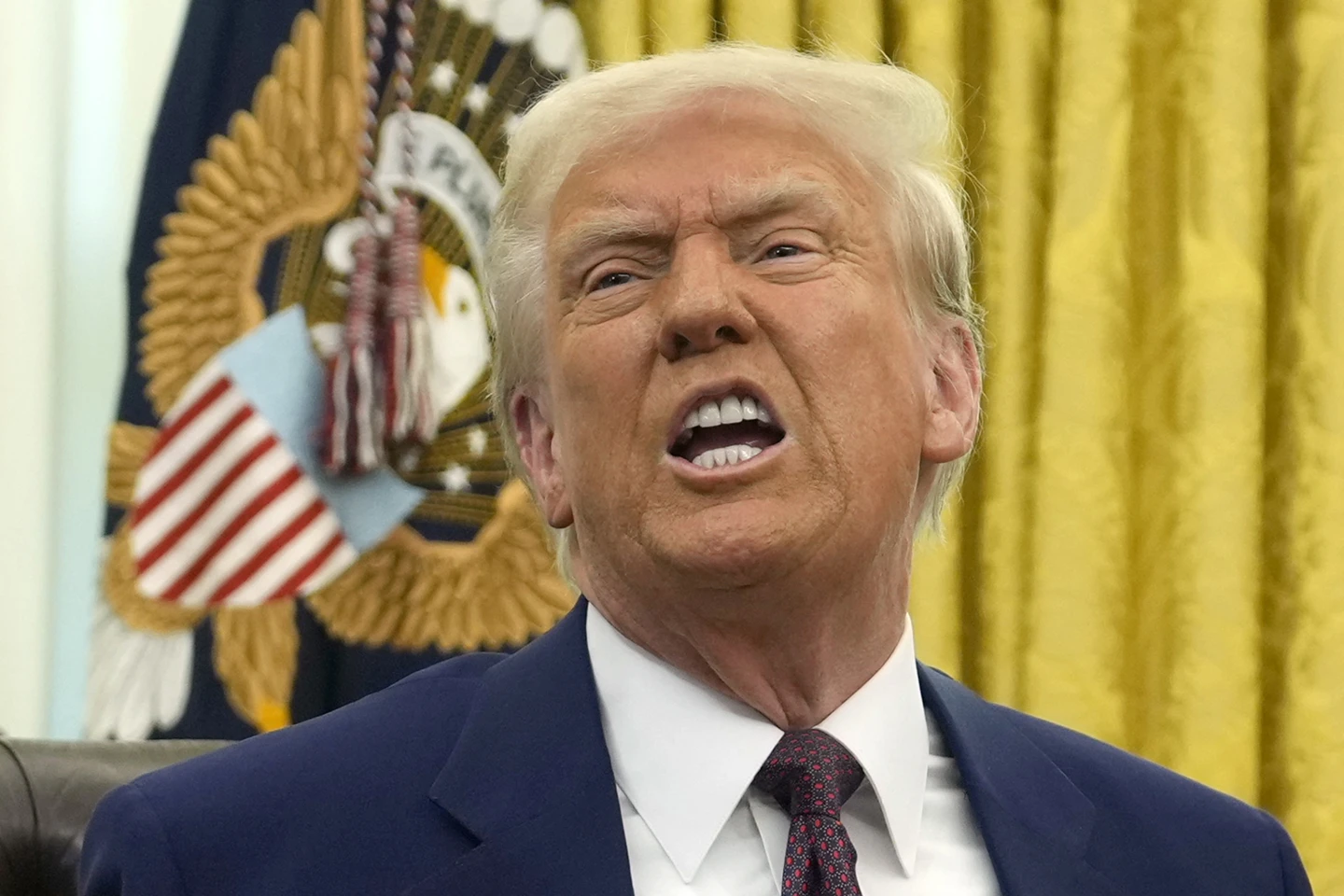The escalating tariff conflict between the U.S. and key trade partners—including Mexico, Canada, China, and the European Union—is creating uncertainty for businesses, particularly marketers. President Donald Trump initially announced a 25% tariff in February, followed by multiple delays and exemptions for Mexico and Canada.
However, the European Union and the U.K. have not received similar exemptions, and retaliatory tariffs from the E.U. are expected to take effect soon. Canada is also preparing to impose reciprocal tariffs on steel, sports equipment, and technology products. The ongoing changes in policy leave businesses unsure of how to adjust their strategies.
Marketers and Industries Face Rising Concerns Over Tariffs and Economic Uncertainty
A survey conducted by the Interactive Advertising Bureau (IAB) found that 57% of U.S. marketers and agency executives are highly concerned about the impact of tariffs, while 37% report moderate concern. Agencies are analyzing potential effects and working with clients to explore different approaches, such as adjusting media budgets or shifting advertising strategies.
Some businesses are considering reducing their spending to compensate for increased costs. However, industry leaders point out that the ultimate impact on marketing budgets will depend on political decisions as companies reassess where to cut costs.

Certain industries are feeling the pressure more than others. The E.U.’s tariffs deliberately target key American exports such as motorcycles, turkeys, and bras. Additionally, industries reliant on steel and aluminum—such as automotive manufacturing—are at significant risk.
The recent removal of tax exemptions for imports also affects direct-to-consumer (DTC) brands, including major advertisers like Shein and Temu. Many businesses are also concerned about the possibility of reduced consumer spending, as surveys indicate that a large percentage of U.S. shoppers plan to alter their purchasing habits in response to rising prices.
Varied Business Responses and Strategic Adjustments Amid Tariff Uncertainty
Companies are responding in different ways, with some actively planning adjustments while others prefer to wait and see how the situation develops. Brands in the consumer packaged goods (CPG) and retail sectors are closely watching market trends, while financial services and insurance companies have yet to take significant action.
Despite these concerns, some businesses continue their marketing efforts. For example, McCain Foods recently launched a global campaign focused on sustainable farming, choosing not to let tariff uncertainties affect its long-term strategy. Industry analysts caution against overreacting to policy shifts that may not yet be reflected in consumer behavior.
Businesses must decide whether to maintain their marketing investments or cut costs to offset potential losses. Some luxury brands see this period as an opportunity to build stronger consumer loyalty, while others focus on optimizing their advertising spend.
Channels that allow for quick adjustments, such as programmatic advertising and connected TV (CTV), may become more popular as companies seek flexibility. However, experts agree that it is still too early to predict the full consequences of the tariffs, and many businesses are choosing to remain cautious as they assess the situation.




